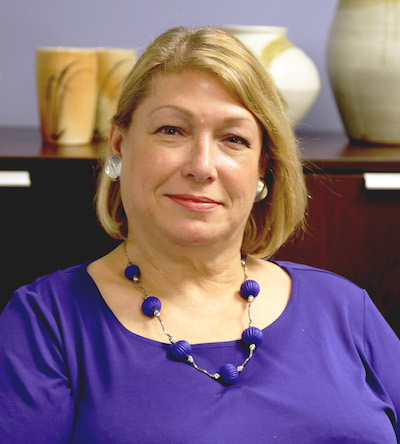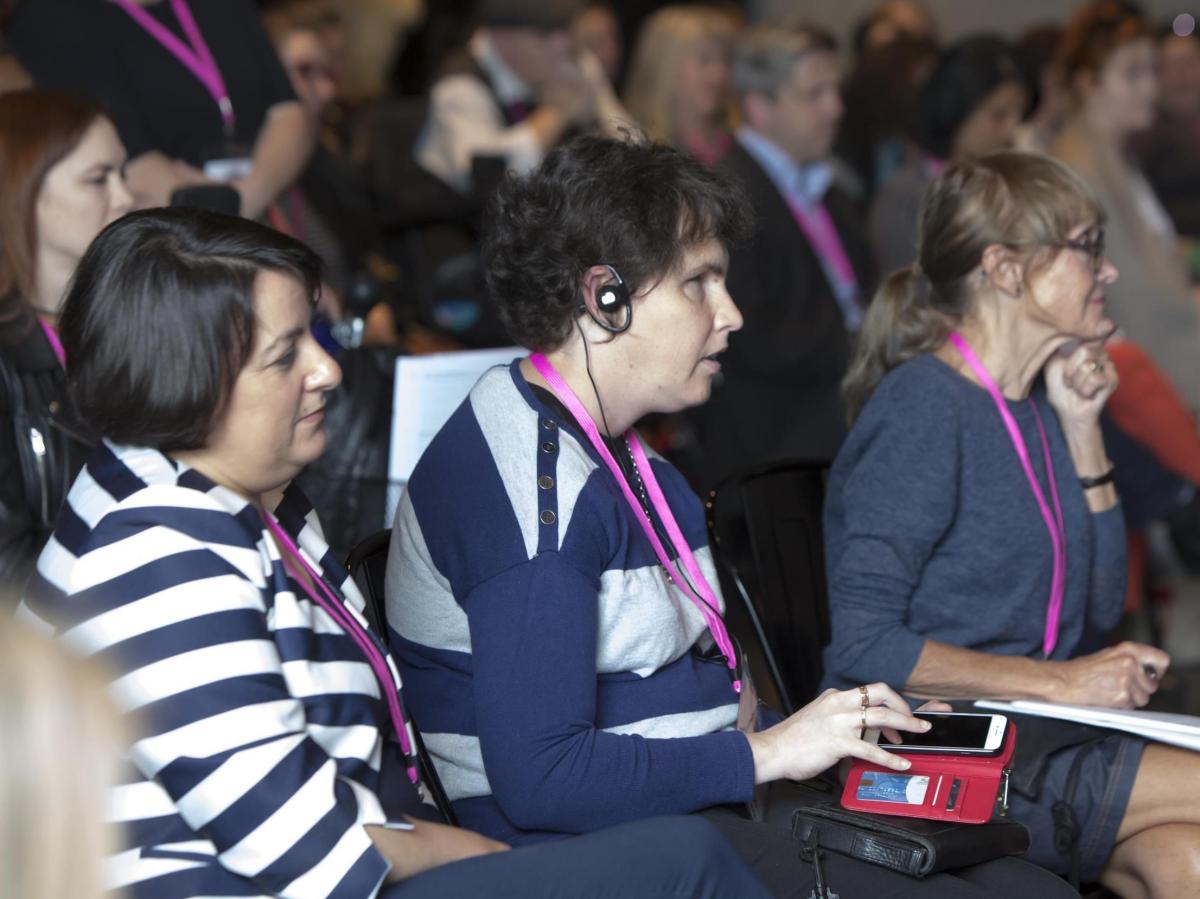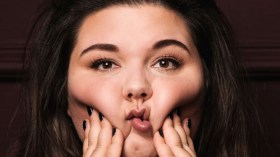Delegates at the 2016 Arts Activated Conference; image supplied
Beth Ziebarth is the iconic Smithsonian Institution’s Director of Accessibility Programs. It’s a full-time position that few organisations in Australia have the budget for, but that doesn’t mean that the foundations such a role bring – and the lessons learned in rolling it out – can’t be shared and adopted.
Ziebarth will be in Australia later this month to do exactly that, as a keynote speaker at the 2019 Arts Activated Conference. She joins leading UK artist and disability arts advocate Rachel Gadsden, as part of a very deliberate agenda by Arts Access Australia to ensure that Australia is part of this important global conversation.
The Smithsonian is one of the world’s foremost museum complexes, and for more than 30 years Ziebarth has been working to shape its approach to making its programs, services and infrastructure more accessible for both visitors and staff with disability.
For the Smithsonian, however, disability access is not an entirely new topic. This passion to make their collections available to everyone started when a visually impaired employee at the Air and Space Museum developed a braille guide in the 1970s.
Ziebarth has pulled that sense of purpose and need into the 21st century, charged with developing and implementing accessibility policy and guidelines for the Smithsonian’s 19 museums, the National Zoo, and nine research centres – an enormous breadth of experiences, equating to some 30 million annual visitors.
‘Simply put, the visitor who needs accessible services is not the occasional guest at a museum,’ she said. ‘Every day we will welcome people to our museums who depend upon the Smithsonian to make its facilities, exhibitions, and programs accessible to all.’
As early as 1989, an audit of accessibility led to the recommendation that the Smithsonian create an office that would be part of central administration, embedding access at the heart of the organisation.
Thirty years of negotiating working models to lead to a global shift in the institutional mindset and, more importantly, to normalise the conversations around disability inclusion, have earned Ziebarth the reputation as a giant in this industry.

Beth Ziebarth; image supplied
Her conversation for Sydney – titled Place Settings: Making Cultural Venues Work For Everyone – will unpack some of the Smithsonian’s approaches in recent years.
She will be joined by artist and Access Smithsonian Project and Community Outreach Coordinator Robin Lynne Marquis, who has more than 15 years of experience in smaller, community-focused organisations in Washington D.C. and Baltimore, which are perhaps more scaled to an Australian point of reference.
In a nutshell – it is about taking the access policies and practice of large institutions and distilling them into achievable outcomes for smaller organisations.
Part of that is recognising the long range view. Ziebarth said: ‘We want to be able to serve people throughout their life spans so that they, like everyone else, have the opportunity to be lifelong learners.’
Ziebarth told American broadcaster Wade Wingler that she started her career as a volunteer, before moving into the Smithsonian accessibility program, a path familiar to many of us.
‘I review facility and exhibition designs,’ she told Wingler. ‘We conduct outreach to the disability community and other cultural arts communities. We provide staff education on disability topics. And we work with Smithsonian museums and offices to provide direct visitor services including sign language interpretation, Realtime captioning, and alternate formats of publications. The part I particularly love is the programs that we do.’
Among the successful programs implemented at the Smithsonian are: Morning at the Museum – pre-visit, pre-public opening tours that offer a best visit experience for children on the autism spectrum or kids with any type of brain-based disability; See Me at the Smithsonian a program for adults with dementia and their care partners, and Project Search Smithsonian – aimed at creating internships.
‘You have your ups and downs with staffing and finding internship sites,’ Ziebarth said. It’s so gratifying to be able to give young adults with a variety of brain-based disabilities or just disabilities the opportunity to do internships and develop their job skills so they can get a job. We’ve had a pretty good success rate so we are proud of that.’
‘I think we need to listen to the disability community and what they want, need, desire. That should modify our actions, what we need to do to create accessibility within the museums.’
Ziebarth will join more than 35 Australian artists, arts workers, policymakers, culture experts and technology gurus presenting at the conference. Find out more at www.artsactivated2019.com
Produced by Accessible Arts – NSW’s peak arts and disability organisation – the conference will take place at Sydney’s Waterview Centre at Sydney Olympic Park from 22 – 23 August 2019.





